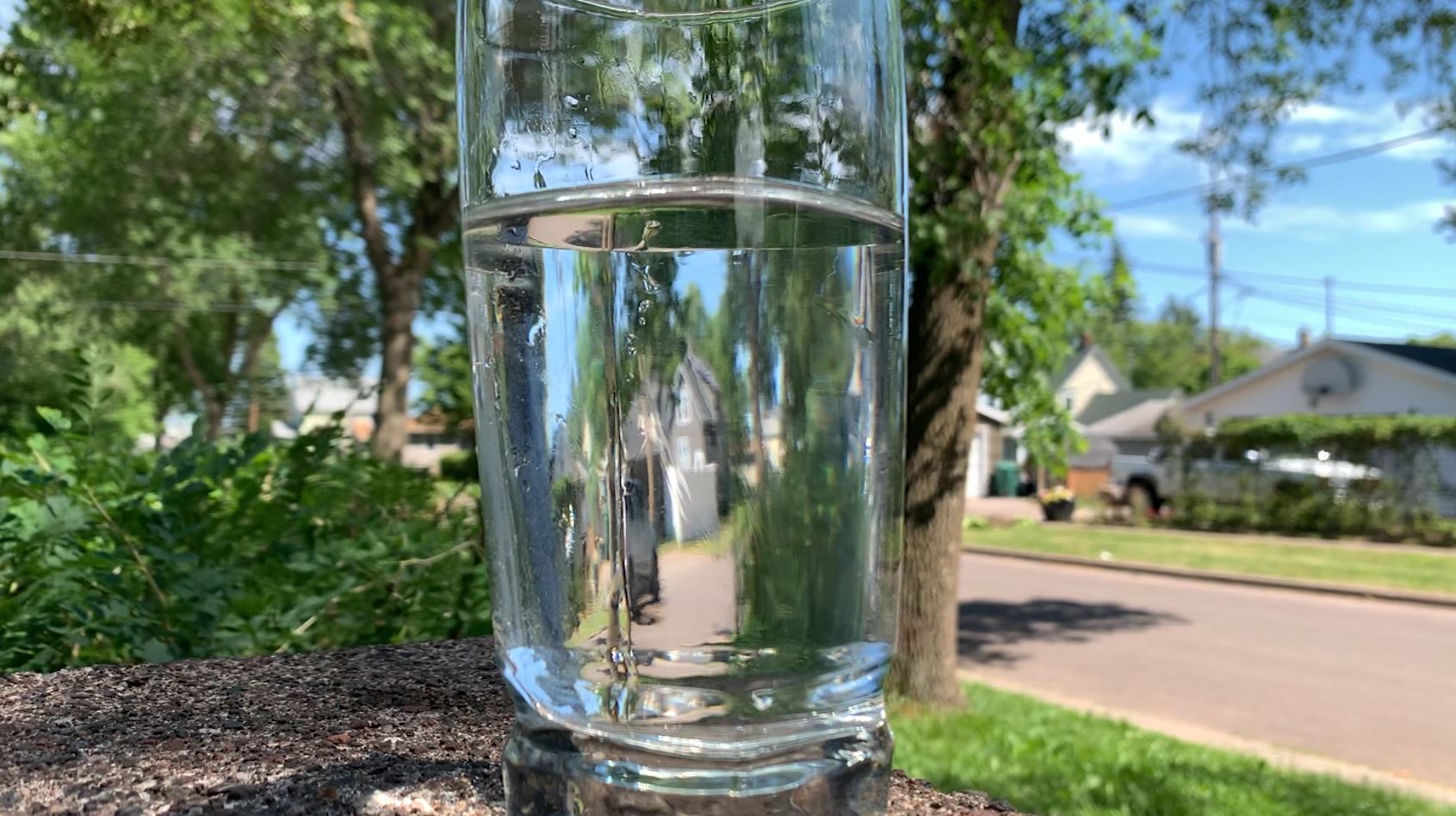$79M for clean water coming to Wisconsin

Having clean water is important to communities. It’s also important to maintain the infrastructure that keeps our water clean.
This week, the U.S. Environmental Protection Agency (EPA) announces $79 million for the State of Wisconsin, coming from the Federal Bipartisan Infrastructure and Jobs Act.
Wisconsin Senator Tammy Baldwin says the money will provide low-cost financing for communities across the state, to improve their water infrastructure and ensure it remains safe to consume.
“There’s sort of dual focuses here. One is making sure that the water that we drink, that when we turn on the faucet, that the water is safe and clean and that is the something that communities can get partnered to help with from the federal government, state government, through something called the state revolving Fund for Safe Drinking Water,” Sen. Baldwin explained. “The other fund is focused on things like wastewater treatment and stormwater systems, and making sure that we prevent toxics from getting into our waterways. But also, after they have, cleaning them up. And that’s called the Clean Water State Revolving Fund.”
A portion of the money will be used to replace ageing pipe systems to remove the lead that’s going into the water.
“In the Safe Drinking Water Program, it helps communities that have old lead pipes in their drinking water systems get out there and remove them, and and expedite that. Because we can’t have decades and decades more of of children and families being exposed to lead in their drinking water,” said Baldwin. “Given how serious the health effects are of lead exposure, it’s high time that we catch up, because our safety and health really depend upon it.”
Another portion of the funds will address larger waterways, helping various restoration and cleanup projects across Northern Wisconsin.
“We’re not recreating the wheel in any way, but it does mean that we’re going to be able to reach far more communities, and help us respond to challenges that we’ve known about for a long time; as well as new challenges, like the presence of P-Fas, which are forever chemicals that we’re finding in more and more drinking water systems.”